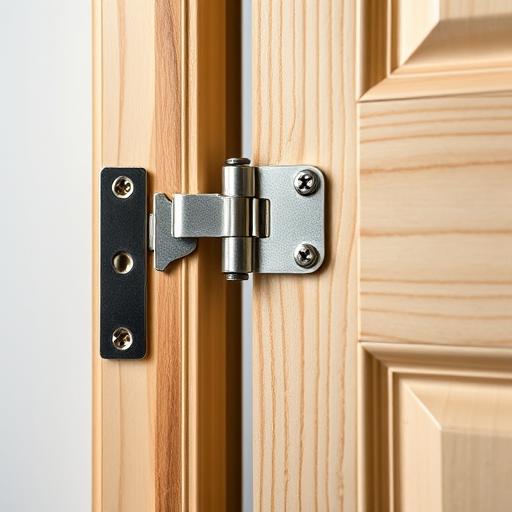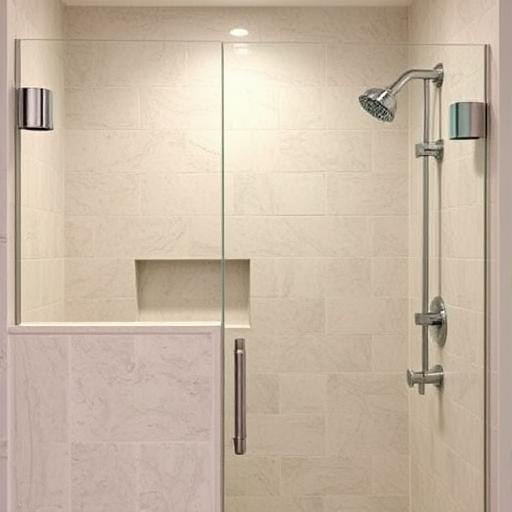How to Adjust Door Hinges
Doors are an essential part of any home, but over time, even the sturdiest doors can start to squeak, stick, or misalign. These issues often stem from problems with the hinges, which bear the weight of the door and ensure smooth operation. Adjusting door hinges is a simple yet crucial maintenance task that can prevent long-term damage, improve functionality, and even extend the life of your doors. Whether you’re dealing with a squeaky hinge, a sagging door, or gaps that let in drafts, this guide will walk you through the process step by step. With the right tools and a little patience, you can restore your doors to their former glory.
Tools and Materials Needed
Basic Tools for Adjusting Door Hinges
- Screwdriver (flathead or Phillips, depending on hinge type)
Optional Tools for Tougher Adjustments
- Power drill (for tightening screws)
Identifying Common Door Hinge Problems
Signs Your Door Hinges Need Adjusting
If your door squeaks, grinds, or doesn’t close properly, it’s likely due to hinge issues. Other signs include loose or wobbly hinges, gaps between the door and frame, or a door that sags and doesn’t align correctly. Identifying these symptoms early can save you from more significant problems down the line.
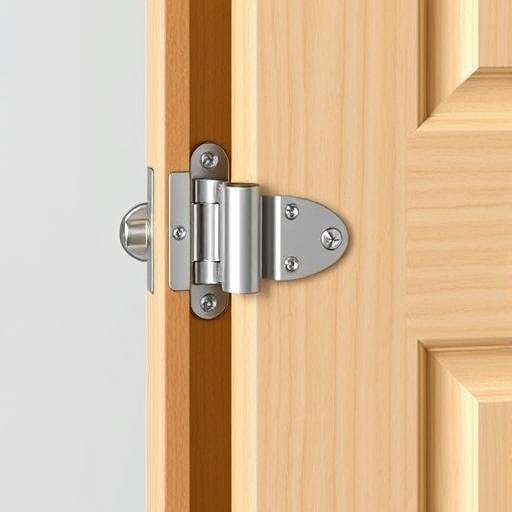
Determining Whether to Tighten, Loosen, or Replace Hinges
Start by assessing the tightness of the screws and the condition of the hinges. If the screws are loose, tightening them might solve the issue. However, if the hinges are rusted, damaged, or excessively worn, replacement might be the better option. Knowing when to adjust versus replace can save time and effort.
Step-by-Step Guide to Adjusting Door Hinges
Step 1: Tighten Loose Hinge Screws
Loose screws are a common culprit behind misaligned doors. Use a screwdriver to tighten them, ensuring you don’t strip the screw heads. For stubborn screws, a power drill can provide extra torque.
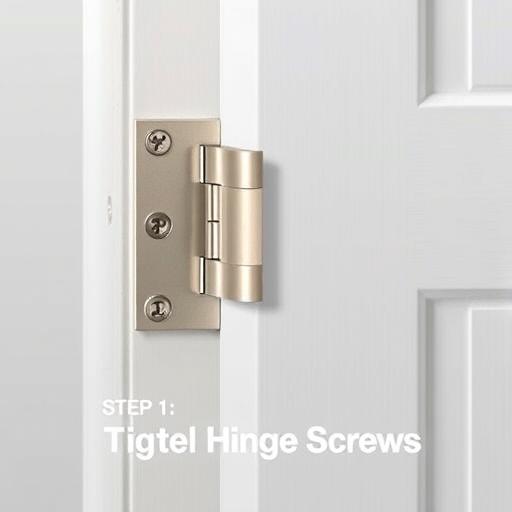
Step 2: Check Door Alignment with a Level
Place a long-level against the door to check for straightness. If the door isn’t plumb, adjust the hinges by loosening the screws slightly and repositioning the door before retightening.
Step 3: Tapping Hinges to Correct Alignment
Sometimes, a gentle tap with a hammer can realign the hinges. If the door is still misaligned, use wood shims to hold it in place while you make adjustments.
Step 4: Lubricating Squeaky Hinges
Squeaky hinges can be quieted with a dry lubricant like graphite powder or a few drops of WD-40. Apply the lubricant to the hinge pin, then open and close the door a few times to distribute it evenly.
Step 5: Testing the Door After Adjustments
After making adjustments, test the door by opening and closing it several times. If it still doesn’t operate smoothly, make additional tweaks until the movement is seamless.
Advanced Adjustments for Stubborn Doors
Adjusting Door Hinges on a Warped Door
Warped doors can be tricky to adjust. Use shims to compensate for the warping, but keep in mind that this is often a temporary fix. For a permanent solution, consider replacing the door.
Adjusting Hinges on Heavy Doors (Exterior or Garage Doors)
Heavy doors require additional reinforcement. Ensure the hinges are securely fastened and consider upgrading to heavy-duty hinges. For complex issues, it’s best to consult a professional.
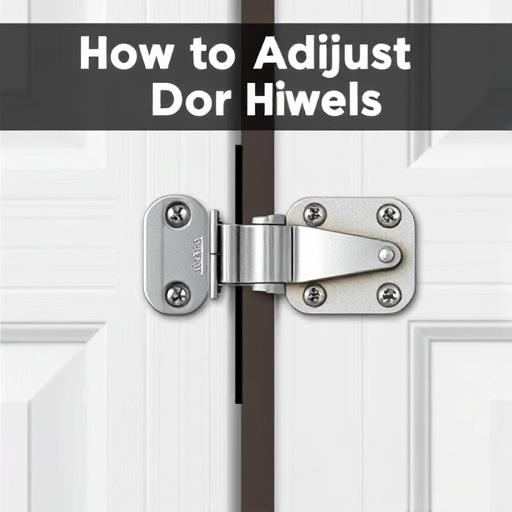
When to Replace Hinges Instead of Adjusting
If the hinges are rusted, broken, or beyond repair, replacement is the only option. Choose hinges that match the size and style of the original to ensure a proper fit.
Conclusion
Adjusting door hinges is a straightforward task that can significantly improve the functionality and longevity of your doors. By tightening screws, checking alignment, and lubricating squeaky hinges, you can address most common issues. For more stubborn problems, advanced techniques or professional help may be necessary. Regular maintenance is key to keeping your doors in top condition, so don’t wait for problems to escalate. With these tips, you’ll be able to tackle hinge adjustments with confidence and ease.
FAQ Section
Q1: How often should I check and adjust my door hinges?
Check hinges every 6-12 months, especially in high-traffic areas or after seasonal weather changes.
Q2: Can I adjust door hinges without removing the door?
Yes, most adjustments can be done with the door in place, but removing the door may be necessary for severe misalignments.
Q3: What’s the best way to fix a squeaky door hinge?
Apply a dry lubricant like graphite powder or a few drops of WD-40, then wipe off excess.
Q4: Why does my door keep coming off its hinges?
This could indicate loose screws, worn-out hinge pins, or excessive door weight. Tightening or replacing hinges may be necessary.
Q5: Can I adjust hinges on sliding doors?
Yes, but the process differs slightly—check for track alignment and wheel adjustments instead of traditional hinges.

